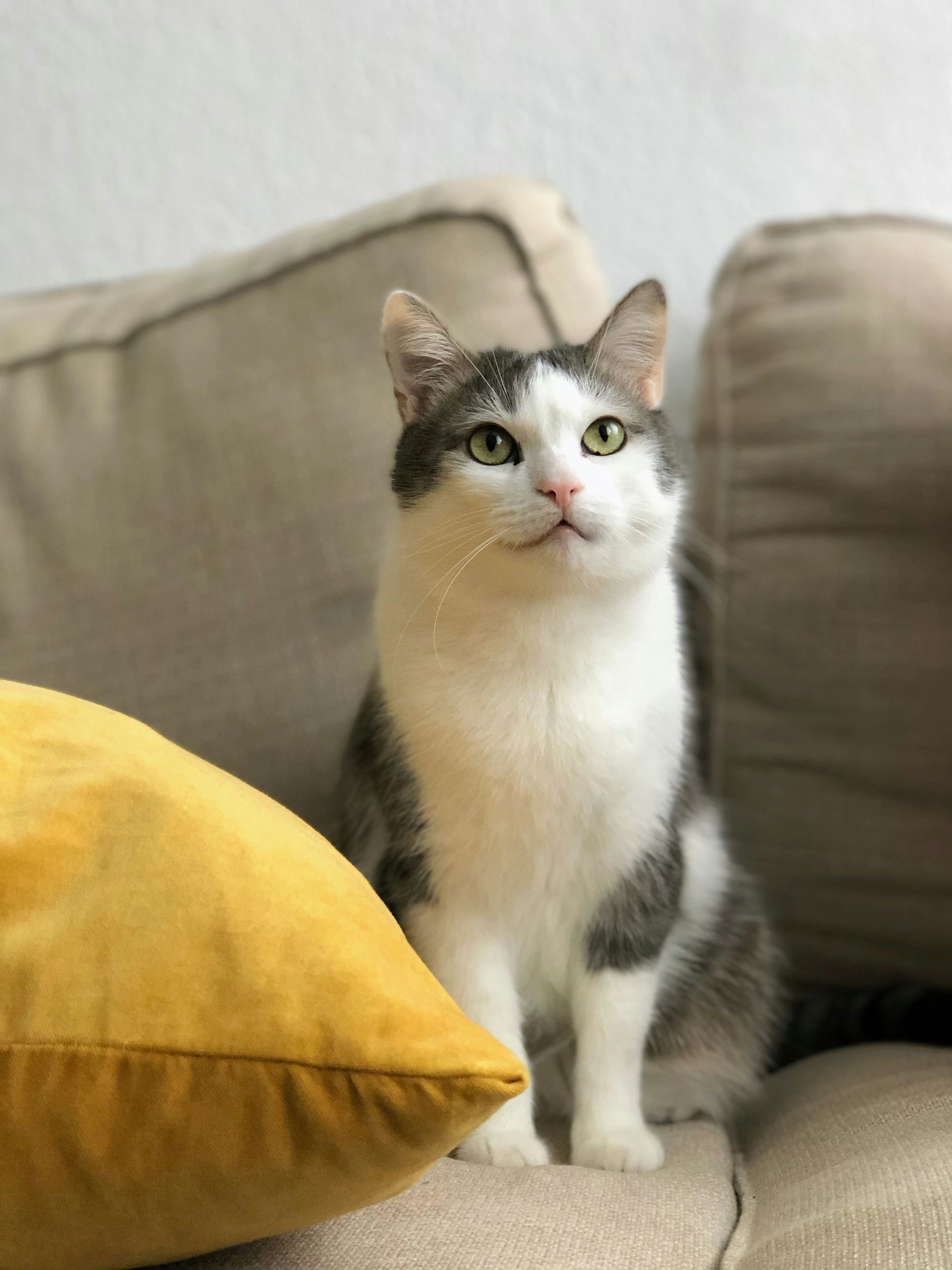Traditional Chinese Veterinary Medicine
Traditional Chinese Veterinary Medicine (TCVM) harnesses 3,000 years of knowledge to pinpoint and treat underlying patterns of disharmony. It is rooted in Taoist philosophy. This holistic approach can be used to alleviate a wide range of symptoms and promote the overall well-being and balance of your pet.
Benefits of Traditional Chinese Medicine
Integrative Approach
Combining gentle remedies like acupuncture and herbal medicine with western medicine enhances your pet’s well-being and quality of life.
Energetic Balance
With a focus on restoring and maintaining energetic balance, TCVM is a key element in promoting health and healing.
Personalized Care
TCVM offers customized treatment plans, tailoring therapies to each pet's specific needs and conditions for optimal results.
Versatility
TCVM can be used to treat a wide variety of symptoms and conditions.
Quality of Life by Age
In our society, we are all used to the idea that as we age, we begin to have more and more health problems and our quality of life slowly declines. TCVM is an alternative approach to medicine that uses a different philosophy — to maintain the same high quality of life from the patients’ youth consistently until just before the very end of their life. This is achieved through regular TCVM treatments (acupuncture and herbal medicines), which are used both as a preventative and to treat specific health concerns.

Frequently Asked Questions About Traditional Chinese Veterinary Medicine
-
What types of treatments fall under TCVM?
There are five branches of Traditional Chinese Medicine (TCM). These are Acupuncture, Herbal Medicine, Food Therapy, Tui Na (Chinese Medical Massage), and Tai Chi. In veterinary medicine, we only use the first four, and I primarily use acupuncture and herbal medicine.
-
What can be treated with TCVM?
TCVM treats chronic or acute pain, mobility issues, cancer, neurologic conditions, kidney disease, heart disease, liver disease, respiratory conditions, skin conditions, stress and anxiety, behavior problems, arthritis, disease prevention, post-surgical recovery, aging, allergies, and overall wellness.
-
What can I expect at a TCVM consultation?
- After obtaining a thorough medical history, I will observe your pet in their natural home environment. I will pay particular attention to the appearance of your pet’s tongue, eyes, pulse quality, limbs, temperature (by touch, not thermometer), and general attitude and constitution.
- I will also perform a basic western physical exam.
- I will use this information, along with any information from your primary veterinarian, to determine a Chinese Veterinary Pattern Diagnosis.
- After diagnosis is obtained, we will discuss helpful treatment options and you will have ample opportunity to ask questions.
- There will be time at this appointment to do the recommended treatments.
-
What is a Chinese Veterinary Pattern Diagnosis?
In TCVM, there is a focus on energy and balance in the body. After obtaining your pet’s medical history and physical exam, I can identify the specific elements within your pet that are out of balance.
This allows me to create a targeted treatment plan, personalized to your pet for their specific needs.
For example, a patient with chronic kidney disease (CKD) might have a Kidney Yin Deficiency. In TCVM theory, yin (the cooling element) and yang (the warming element) should be in balance. A yin deficiency refers to a lack of cooling element in the body, which would cause this particular patient to feel warm or hot. I would focus my acupuncture treatment and herbal recommendations on supporting the kidneys and boosting yin.
It is important to note that this is just one example of a diagnosis. In addition to yin deficiency, patients with CKD could have a qi (pronounced “chee”) deficiency or a yang deficiency or some combination of these. To further complicate making an accurate diagnosis, many pets have multiple overlapping TCVM patterns of disharmony. For example, your pet could have kidney and heart qi and yin deficiencies. Interpreting different signs found during a physical exam and using them to diagnose overlapping patterns of disharmony requires a high level of expertise.
Treating each different TCVM diagnosis requires different acupuncture points and herbal medications. Treating the root cause of disease in each specific patient is part of what makes TCVM treatments so effective.
Though not part of TCVM, I can also treat CKD through the use of light/laser therapy, which supports the remaining functional kidney cells to continue working. This slows the progression of disease and helps your pet feel better.
-
How often should my pet have a TCVM evaluation?
Even if your pet’s primary problem has been resolved or you have a young pet, it is a good idea to do seasonal or yearly appointments to head off any issues that may arise before they become serious.
Patient Highlight
"Dr. Turner has a calm energy that makes both people and their pets feel comfortable... Dr. Turner was understanding and worked with me to help optimize my cat’s diet AND health."
-LISA, Pet Parent

TAKE THE NEXT STEP:
Book your initial appointment
so we can discuss your pet’s specific needs.
Providing pets with premium Integrative Veterinary Medicine in a loving and thoughtful way so they can live healthy happy lives.
Navigation
Services
APPOINTMENTS
All Rights Reserved | HHHVS
WEBSITE MADE IN AMES 🤍 IOWA BY STUDIO A DESIGNS


